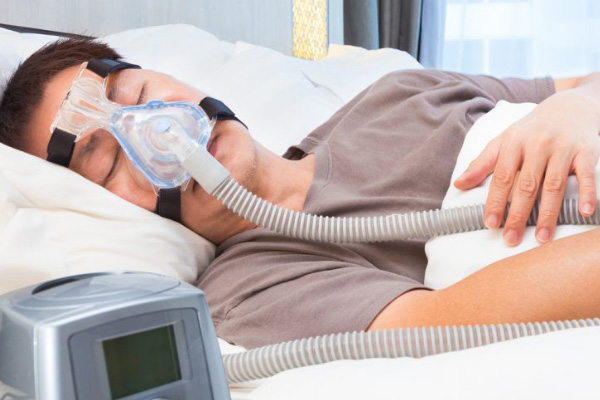What is the purpose of a BiPAP machine?
At-home BIPAP devices may be used to treat medical disorders that make breathing difficult. Some conditions that it may be helpful for include:
- Obesity hypoventilation syndrome (OHS)
- Obstructive sleep apnea (OSA)
- central obstructive sleep apnea
- Amyotrophic lateral sclerosis (ALS)
Why should you use CPAP?
Continuous positive airway pressure therapy (CPAP) is a treatment option for people with sleep apnea. CPAP devices employ moderate air pressure to keep the airways open during sleep and are primarily used by people who have breathing problems. More specifically, CPAP treatment aids in ensuring that your airway does not collapse while you are sleeping.
What exactly is CPAP?
- Maintain an open airway while sleeping.
- Reduce or completely eradicate your snoring.
- Improve your sleep quality.
- Daytime drowsiness, a sign of sleep apnea, should be reduced or eliminated.
- High blood pressure may be avoided or significantly reduced.
What exactly is Oxygen Therapy?
People suffering from lung disease often have lower-than-normal oxygen levels in their blood. A Pulmonologist may prescribe supplementary oxygen if levels fall to 88 percent or below. Oxygen has no addictive properties. Use only as directed by your pulmonologist.
What are the Signs & Symptoms that a patient needs Oxygen Therapy?
- Shortness of breath or weariness are common symptoms in persons who use supplementary oxygen. Irritability, blue fingers or lips, a fast heart rate with activity, and ankle swelling are all symptoms that you're not receiving enough oxygen.
- However, some individuals may not suffer symptoms even though their circulation is deficient in oxygen. Even though their oxygen levels are acceptable, some people with Pulmonary fibrosis may suffer dyspnea during exercise. This is due to scarring, which makes the lungs stiffer, requiring more “work” to breathe.
- Covid Patients also need oxygen therapy once their oxygen level gets decreased.These are the conditions that need oxygen therapy.

